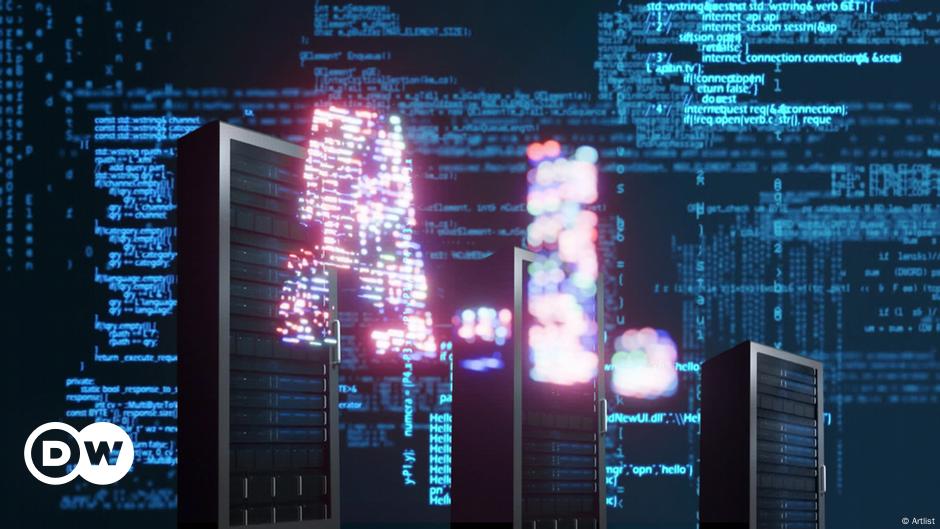Green Revolution or Digital Disaster? How Artificial Intelligence is Reshaping Our Planet's Future

The Double-Edged Sword of AI: Convenience vs. Environmental Impact
Artificial Intelligence has seamlessly woven itself into the fabric of our daily lives, offering unprecedented convenience and efficiency. From smart home assistants to personalized recommendations, AI technologies have transformed how we work, communicate, and interact with the world around us.
However, beneath the surface of this technological marvel lies a complex environmental challenge. The infrastructure supporting AI—massive data centers humming with powerful servers—comes with a significant ecological footprint. These technological powerhouses consume enormous amounts of electricity, water, and raw materials, raising critical questions about sustainability.
While AI promises to solve complex problems and streamline human experiences, the environmental cost cannot be overlooked. Data centers require continuous cooling, massive energy supplies, and substantial material resources to maintain their operations. As AI continues to advance, finding a balance between technological innovation and environmental responsibility becomes increasingly crucial.
The future of AI will depend not just on its computational capabilities, but on our ability to develop more energy-efficient technologies and green computing solutions that minimize environmental impact while maximizing technological potential.
